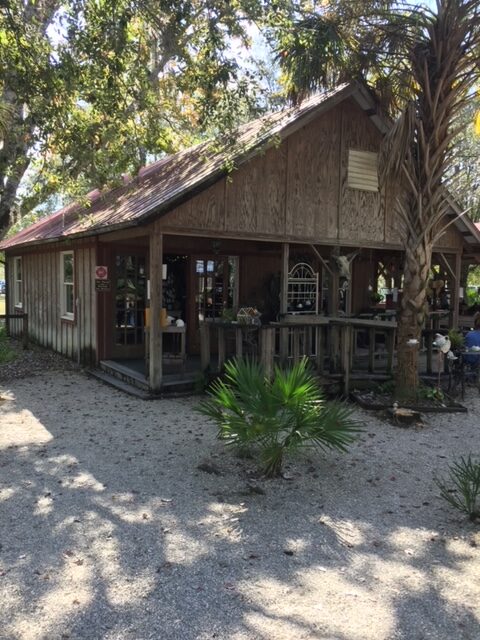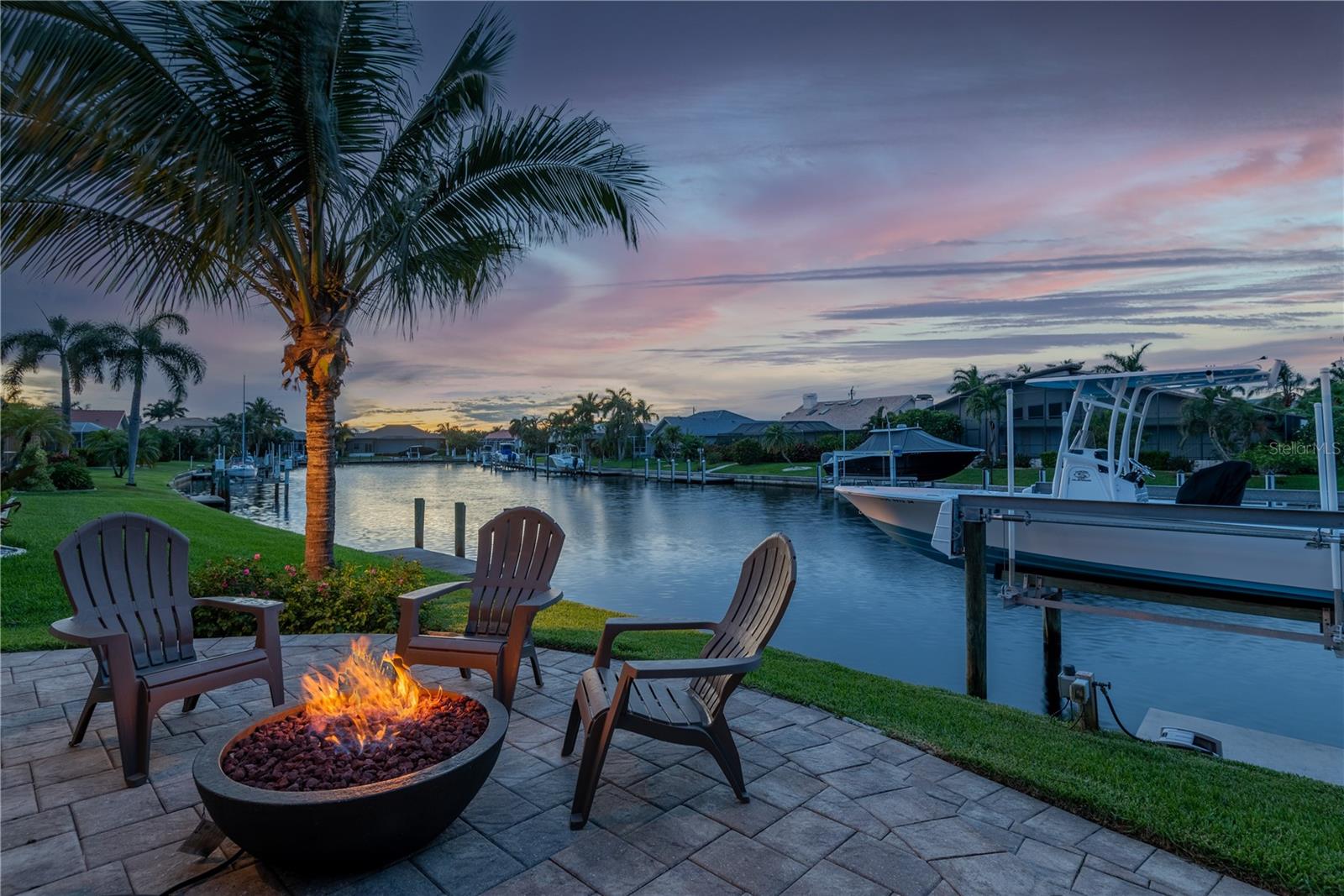 The new FEMA flood changes are on everyone’s mind these day, as the increases went into effect on October 1, 2021. Instead of relying on “flood zones” as a determination of your flood exposure, the new system is referred to as “Rating 2.0,” which is a single risk modeling system that takes into consideration area and proximity to harbor, replacement coverage, frame vs. block construction along with slab vs. pilings. Also considered is prior flood loss. Banks may use flood zones, but insurance companies are going by the new rating system. So what does all of this mean you ask? Well, if you have an existing flood policy your flood insurance will increase approximately 18% per year until you reach the figure FEMA has established as the target figure for your property. If you don’t have flood insurance then you will be subject to the new valuations FEMA has established. When buying a home it is important to find out in the beginning of your negotiations if the current seller is carrying flood insurance, as this will impact your investment in the home significantly. To give you a better understanding of the difference in buying a home where the seller is carrying flood insurance verses one where they aren’t, recently we had a buyer purchasing a home on a gulf access canal. They were quoted $6,700.00 to obtain flood insurance for the home. Thankfully, the seller’s insurance carrier said their policy could be assumed, which saved our buyer a significant amount of money as the seller was paying $1,080.00 for flood insurance. It is important to find out up front when negotiating the purchase of a home if the current homeowner is carrying flood insurance and if the policy can be assumed.
The new FEMA flood changes are on everyone’s mind these day, as the increases went into effect on October 1, 2021. Instead of relying on “flood zones” as a determination of your flood exposure, the new system is referred to as “Rating 2.0,” which is a single risk modeling system that takes into consideration area and proximity to harbor, replacement coverage, frame vs. block construction along with slab vs. pilings. Also considered is prior flood loss. Banks may use flood zones, but insurance companies are going by the new rating system. So what does all of this mean you ask? Well, if you have an existing flood policy your flood insurance will increase approximately 18% per year until you reach the figure FEMA has established as the target figure for your property. If you don’t have flood insurance then you will be subject to the new valuations FEMA has established. When buying a home it is important to find out in the beginning of your negotiations if the current seller is carrying flood insurance, as this will impact your investment in the home significantly. To give you a better understanding of the difference in buying a home where the seller is carrying flood insurance verses one where they aren’t, recently we had a buyer purchasing a home on a gulf access canal. They were quoted $6,700.00 to obtain flood insurance for the home. Thankfully, the seller’s insurance carrier said their policy could be assumed, which saved our buyer a significant amount of money as the seller was paying $1,080.00 for flood insurance. It is important to find out up front when negotiating the purchase of a home if the current homeowner is carrying flood insurance and if the policy can be assumed.NEW Flood Insurance Info
 The new FEMA flood changes are on everyone’s mind these day, as the increases went into effect on October 1, 2021. Instead of relying on “flood zones” as a determination of your flood exposure, the new system is referred to as “Rating 2.0,” which is a single risk modeling system that takes into consideration area and proximity to harbor, replacement coverage, frame vs. block construction along with slab vs. pilings. Also considered is prior flood loss. Banks may use flood zones, but insurance companies are going by the new rating system. So what does all of this mean you ask? Well, if you have an existing flood policy your flood insurance will increase approximately 18% per year until you reach the figure FEMA has established as the target figure for your property. If you don’t have flood insurance then you will be subject to the new valuations FEMA has established. When buying a home it is important to find out in the beginning of your negotiations if the current seller is carrying flood insurance, as this will impact your investment in the home significantly. To give you a better understanding of the difference in buying a home where the seller is carrying flood insurance verses one where they aren’t, recently we had a buyer purchasing a home on a gulf access canal. They were quoted $6,700.00 to obtain flood insurance for the home. Thankfully, the seller’s insurance carrier said their policy could be assumed, which saved our buyer a significant amount of money as the seller was paying $1,080.00 for flood insurance. It is important to find out up front when negotiating the purchase of a home if the current homeowner is carrying flood insurance and if the policy can be assumed.
The new FEMA flood changes are on everyone’s mind these day, as the increases went into effect on October 1, 2021. Instead of relying on “flood zones” as a determination of your flood exposure, the new system is referred to as “Rating 2.0,” which is a single risk modeling system that takes into consideration area and proximity to harbor, replacement coverage, frame vs. block construction along with slab vs. pilings. Also considered is prior flood loss. Banks may use flood zones, but insurance companies are going by the new rating system. So what does all of this mean you ask? Well, if you have an existing flood policy your flood insurance will increase approximately 18% per year until you reach the figure FEMA has established as the target figure for your property. If you don’t have flood insurance then you will be subject to the new valuations FEMA has established. When buying a home it is important to find out in the beginning of your negotiations if the current seller is carrying flood insurance, as this will impact your investment in the home significantly. To give you a better understanding of the difference in buying a home where the seller is carrying flood insurance verses one where they aren’t, recently we had a buyer purchasing a home on a gulf access canal. They were quoted $6,700.00 to obtain flood insurance for the home. Thankfully, the seller’s insurance carrier said their policy could be assumed, which saved our buyer a significant amount of money as the seller was paying $1,080.00 for flood insurance. It is important to find out up front when negotiating the purchase of a home if the current homeowner is carrying flood insurance and if the policy can be assumed.







 While most people would like to talk about themselves, Gary and Gail have always put their clients first, and their diverse backgrounds have provided their clients an unparalleled level of service and knowledge throughout the past years.
While most people would like to talk about themselves, Gary and Gail have always put their clients first, and their diverse backgrounds have provided their clients an unparalleled level of service and knowledge throughout the past years.